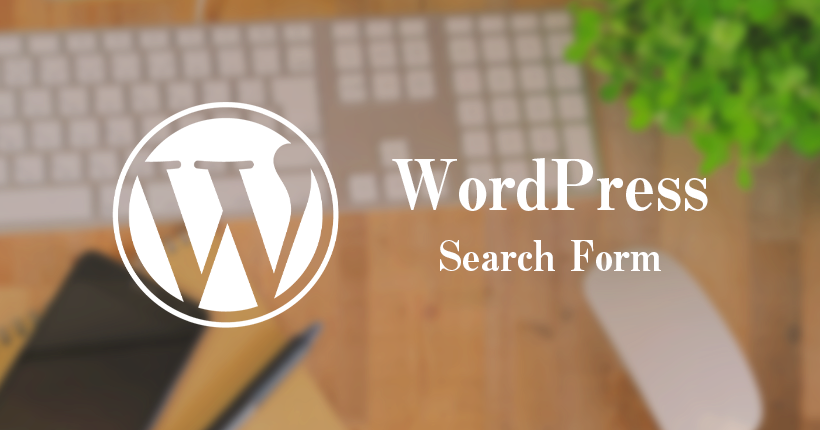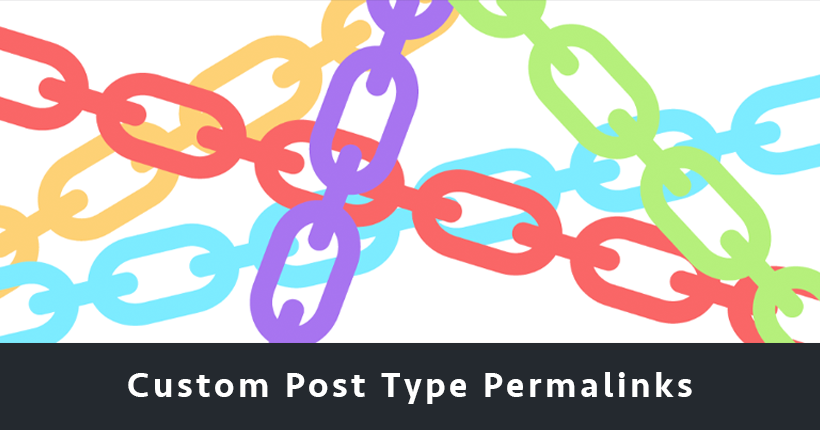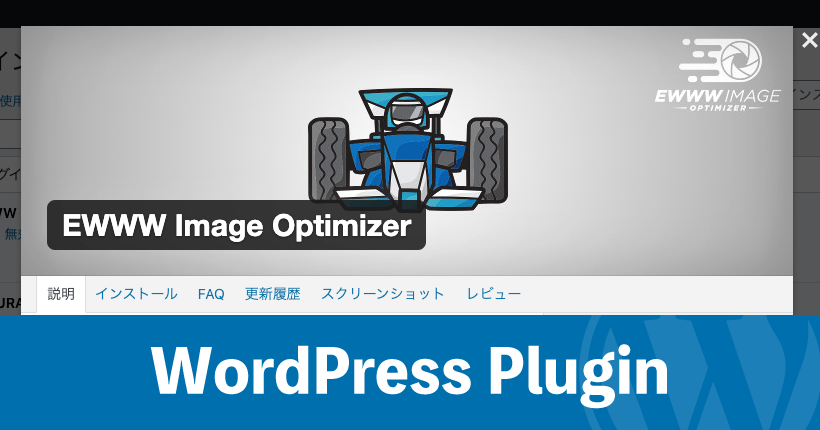投稿を一覧からモーダルウィンドウでページ遷移せずに表示する方法

WordPressの投稿一覧から、ページ遷移せずに投稿ページの内容をモーダルウィンドウで表示する方法の備忘録です。
投稿一覧を表示する
まずは、下記のような投稿ページを一覧表示するコードをindex.phpなどに記述します。
<?php if (have_posts()) : while (have_posts()) : the_post(); ?>
<article class="article-item">
<a class="modal-open">
<?php the_title(); ?>
</a>
</article>
<?php endwhile; endif; ?>
<?php wp_reset_postdata(); ?>一覧で投稿一つ一つを囲む<a>タグのクラスに、モーダルウィンドウを開く「modal-open」を設定しています。
モーダルウィンドウを作成する
続いて、モーダルウィンドウで表示するコンテンツのコードを追記します。
<?php if (have_posts()) : while (have_posts()) : the_post(); ?>
<article class="article-item ">
<a class="modal-open">
<?php the_title(); ?>
</a>
</article>
<!-- 追加コード ここから -->
<div class="modal-window">
<div class="modal-area">
<div class="modal-area-title">
<?php the_title(); ?>
</div>
<div class="modal-area-content">
<?php the_content(); ?>
</div>
</div>
<div class="modal-close">
<div class="icon-close"></div>
</div>
</div>
<!-- 追加コード ここまで -->
<?php endwhile; endif; ?>
<?php wp_reset_postdata(); ?>「modal-window」の中に、モーダルウィンドウで表示する投稿の内容を記載します。
「modal-close」がモーダルウィンドウを閉じるボタンになります。
CSSを設定する
記事一覧と、モーダルウィンドウのCSSを設定します。
@charset "UTF-8";
/* article-style ----------------------------------------- */
.demo-contents {
display: flex;
justify-content: space-around;
}
.article-item {
width: 100%;
max-width: 360px;
}
.article-item a {
font-size: 24px;
font-weight: bold;
}
.article-item a:hover {
cursor: pointer;
color: #7ac8b7;
}
/* modal-window ----------------------------------------- */
.modal-window {
display: none;
width: 100vw;
height: 100vh;
position: fixed;
top: 0;
left: 0;
background: rgba(222, 222, 222, 0.6);
z-index: 111;
justify-content: center;
align-items: center;
}
.modal-area {
width: 80%;
max-width: 800px;
background-color: #fff;
padding: 30px 30px 50px;
}
/* modal-close ----------------------------------------- */
.modal-close {
position: fixed;
top: 30px;
right: 30px;
z-index: 113;
cursor: pointer;
text-align: center;
}
.icon-close {
width: 50px;
height: 50px;
position: relative;
border: 2px solid #777;
border-radius: 100%;
cursor: pointer;
}
.icon-close::before, .icon-close::after {
display: block;
content: "";
position: absolute;
top: 50%;
left: 20%;
width: 60%;
height: 2px;
background: #777;
}
.icon-close::before {
transform: rotate(-45deg);
}
.icon-close::after {
transform: rotate(45deg);
}「modal-window」には、画面いっぱいに広がる透過背景部分を設定しています。実際に、モーダルのボックスとして表示するのは「modal-area」の部分です。display: flex;で画面の中央に表示しています。
「modal-close」で、モーダルウィンドウを閉じるボタンを画面の右上に設置しています。
テキストや余白など機能に関わらない部分のコードは割愛しています。
クラスや細かい数値は、表示環境に合わせて変更してください。
JSを設定する
HTMLとCSSの準備ができたら、モーダルウィンドウを表示するためのJSを設定します。
$(function () {
$('.modal-open').click(function () {
$(this).parent('.article-item').next('.modal-window').fadeIn().css('display','flex');
});
$('.modal-close').on('click', function () {
$('.modal-window').fadeOut();
});
});コードを実行するためには、jQueryの読み込みが必要です。
「modal-open」のリンクをクリックすると、「modal-window」に設定されたdisplay: none;がdisplay: flex;に変更され、モーダルウィンドウが表示されます。


